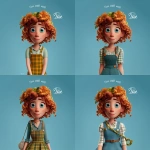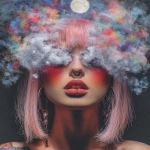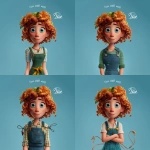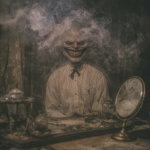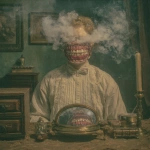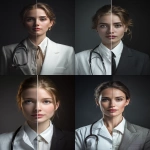Explore the Best AI Image Gallery
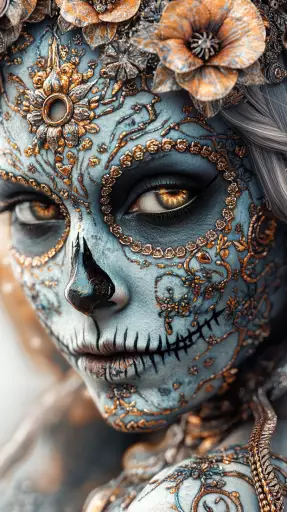
AI-Powered Imagination: Unveiling the Transformative Potential of Image Creation Tools
The realm of digital art is undergoing a seismic shift with the advent of sophisticated AI image creation tools. These innovative technologies empower users to generate stunning visuals with remarkable ease, blurring the lines between human creativity and artificial intelligence. This blog post delves into the fascinating world of AI-powered image generation, exploring its multifaceted impact on the creative industry, uncovering a spectrum of potential applications, addressing crucial ethical considerations, and peering into the exciting future trends shaping this dynamic field.
Revolutionizing Creative Industries
AI image creation tools are poised to revolutionize various creative industries. Graphic designers can leverage these tools to rapidly produce high-quality visuals for marketing materials, websites, and branding campaigns, freeing up time for more conceptual and strategic tasks. Illustrators can experiment with novel styles and aesthetics, generating unique artwork that pushes the boundaries of traditional artistic expression.
In the realm of advertising and marketing, AI image creation tools offer unprecedented opportunities to personalize content, generate dynamic visuals for social media campaigns, and create captivating imagery that resonates with target audiences. The entertainment industry stands to benefit from these tools as well, enabling the creation of realistic character designs, immersive environments, and stunning visual effects for films, video games, and virtual reality experiences.
Unleashing Creative Potential: A Multitude of Applications
The applications of AI image creation tools extend far beyond the traditional creative industries. Educators can utilize these tools to create engaging visuals for lesson plans, helping students visualize complex concepts and foster a deeper understanding of subject matter. Researchers can leverage AI-generated imagery to communicate complex data visualizations, making scientific findings more accessible to a wider audience.
In the realm of healthcare, AI image creation tools can assist in medical diagnosis by generating realistic representations of anatomical structures or simulating surgical procedures. The potential for personalized medicine is also immense, with AI-powered tools capable of generating tailored images based on individual patient data.
Navigating Ethical Considerations
As with any powerful technology, the rise of AI image creation tools presents ethical considerations that demand careful attention. One prominent concern is the potential for misuse, such as generating deepfakes—realistic but fabricated images or videos—that can be used for malicious purposes, such as spreading misinformation or damaging reputations. It is crucial to establish clear guidelines and regulations to prevent the unethical use of these tools.
Another ethical consideration revolves around copyright and intellectual property. When AI models are trained on vast datasets of existing artwork, questions arise regarding ownership and attribution. It is essential to develop frameworks that ensure fair compensation for artists whose work contributes to the training of AI models and protect their creative rights.
Future Trends: Shaping the Landscape of Creativity
The future of AI image creation tools holds immense promise. Advancements in artificial intelligence are continually pushing the boundaries of what is possible, leading to even more realistic, sophisticated, and expressive imagery. We can anticipate:
- Increased Accessibility: AI image creation tools will become increasingly user-friendly, empowering individuals with limited technical expertise to generate stunning visuals.
- Personalized Creativity: Tools will allow users to personalize their creations, incorporating their own styles, preferences, and inspirations into the generated imagery.
- Seamless Integration: AI image generation will be seamlessly integrated into existing creative workflows, empowering professionals across various industries to enhance their productivity and output.
- Cross-Disciplinary Collaboration: Artists, designers, developers, and researchers will collaborate more closely, leveraging AI tools to push the boundaries of creative expression and innovation.
As AI image creation tools continue to evolve, they have the potential to democratize access to creative tools, empower individuals to express themselves in novel ways, and reshape the very landscape of artistic expression. The future of creativity lies at the intersection of human ingenuity and artificial intelligence, promising a world where imagination knows no bounds.
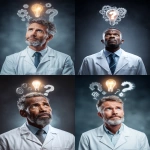
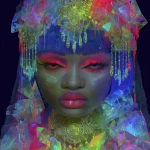
](https://images.ai-img.art/thumbnails/150/e6a179db327f0374ec327d0fdab48ac1f2dc47123eed103b0a41ed346280d07d.webp)
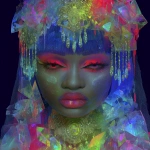
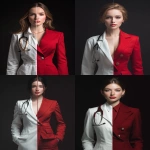
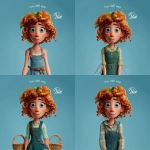
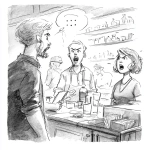
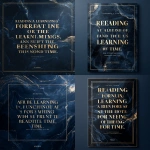
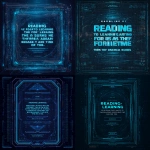

](https://images.ai-img.art/thumbnails/150/655229c40961cb7ff5abd4b4190e02c94ea1a961106e7547a562649c945268be.webp)
](https://images.ai-img.art/thumbnails/150/60973df1d727dbbf8e6922b7e4836814ab6012106eb9dcfe99aea7aec15f3710.webp)

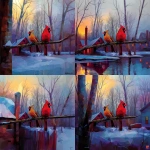
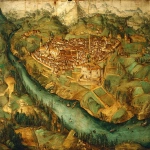
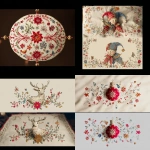

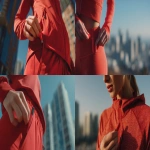
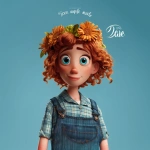
](https://images.ai-img.art/thumbnails/150/6c909fd6d38caac6572b592dd97831deb7d6562bba142798574677582676dfc1.webp)
](https://images.ai-img.art/thumbnails/150/26c16e4f635deee86633de398088ca98d9bb748d6e7601436b07e882fab236cb.webp)

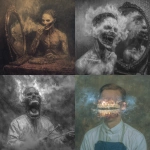


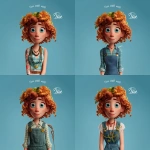
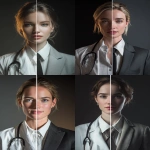




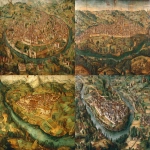

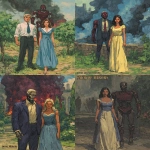
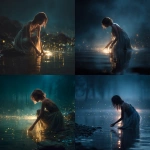

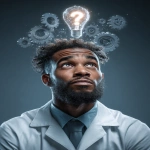

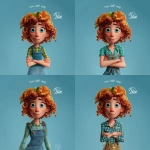
](https://images.ai-img.art/thumbnails/150/184b4b030e30be0a6d51b544226cb4cf2271977814d935d3aaa2b7529355b3b7.webp)
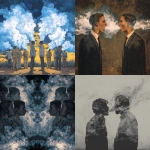
](https://images.ai-img.art/thumbnails/150/1202074d0d60b08b64d0f91f36468608aaac200a02b721cc8e6d8ec8a908432c.webp)

